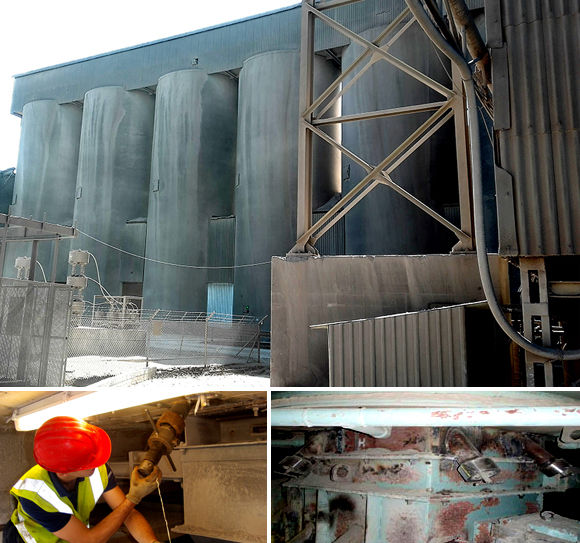ALL YOU NEED TO KNOW ABOUT CARDOX BLASTS IN SILO CLEANING
- DGC AFRICA

- Oct 21, 2021
- 2 min read
Silos play a number of key roles in different industrial processes in agriculture, mining, mineral processing, manufacturing and other industries.
Regrettably, substances kept in the silos tend to attract moisture, which may eventually cause the material to bind and adhere to a silo’s surfaces. Over periods of time, layers of material may continue to accumulate resulting in a number of challenges. This article will briefly describe one highly robust technique that is widely employed to clean silos; the Cardox System.

The Cardox System has been used for effective silo cleaning in various industries since 1914. The system uses a variety of tubes for specific applications, these tubes are filled with liquid carbon dioxide (exactly the same as a fire extinguisher). On application, sockets are installed at the required areas on the silo and the tube is put in place. The system is then energised by the application of a small electrical charge which activates a chemical heater that instantly converts the liquid CO₂ to a gas.
This conversion expands the CO₂ volume and builds up pressure inside the tube until the rupture disc at the end of the tube bursts. This releases the CO₂; now 600 times its original volume through a special discharge nozzle to create a powerful heaving force at pressures up to 40 000 psi (3000 bar) and breaking the surrounding material. The whole blasting process takes place in milliseconds. After blasting, the tube may be reused by replacing the heater, washer & rupture disc and refilling the liquid CO₂.
The Cardox System is highly robust in silo cleaning as it can reach difficult to reach areas such as around the air-slides or inlet (alternate) chambers of silos without the need for human or mechanical entry. The Cardox System can also unclog silo discharge areas that contain lumps which prevent materials from flowing out.
After cleaning operations almost all the material in the silo can be recovered and put back into its respective process.




Comments